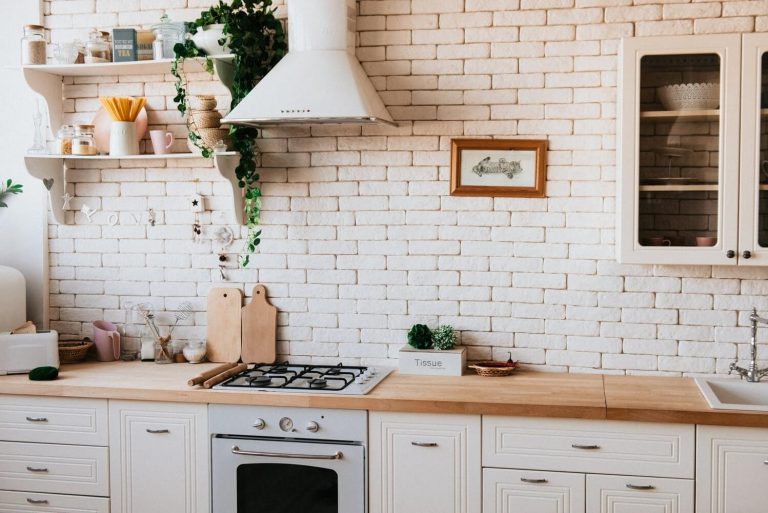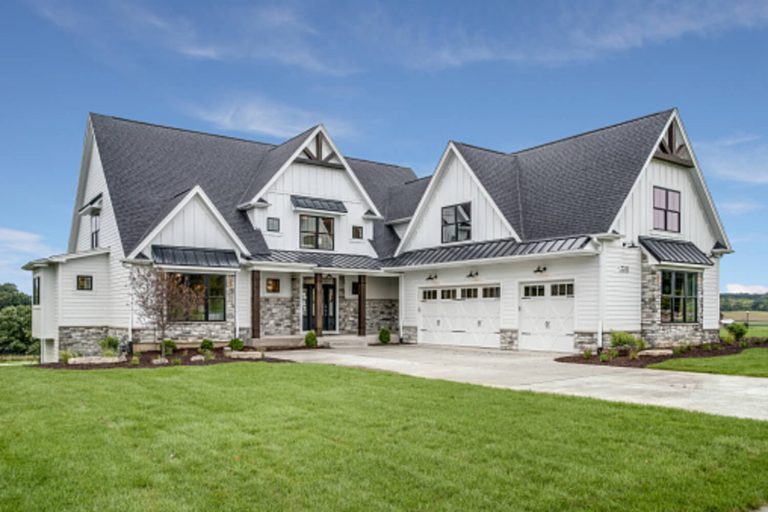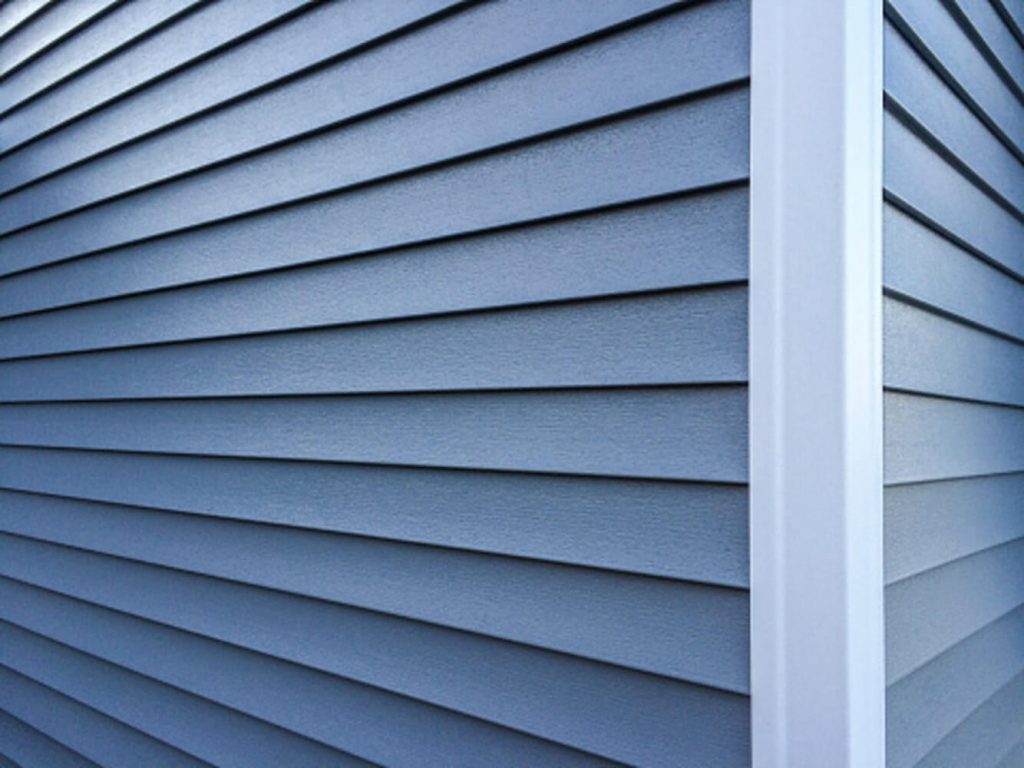Most Recommended Renovation and Upgrade Ideas to Apply To Your Kitchen
Do you want to make your life easier? Do you want to spend less time cooking and cleaning? Do you want a stunning kitchen space that you can boast to friends and visitors? Then this guide is perfect for you. The benefits of upgrading your kitchen are endless. You can style it up depending if you’re aiming for energy efficiency, practicality, or aesthetics. With all these benefits in mind, it’s not surprising why many people are putting together their own lists for what should be included in a perfect kitchen upgrade. To help you get started, here’s a quick compilation of the best suggestions to help build your ultimate dream kitchen! Decorate Your Kitchen with Small Plants Know this: you can never go wrong with green. Whether it’s a cactus, bonsai, or a mini monstera, plants will definitely freshen up the atmosphere in your kitchen. You can put flowers in…
9 Inexpensive Ways to Boost Your Home’s Value
This blog post will give you tips for improving your home’s value so that it can sell quickly and without complications. Follow these nine steps to find out how you can increase your home’s worth without breaking the bank. 1. Update Door Knobs Every small detail matters when it comes to improving your home’s overall look. That’s why you should start with something as simple as doorknobs. If you have old, outdated ones on your doors, the first thing that potential homebuyers will notice is their shoddy look. Replacing them typically costs just around $15 for a set of three, but their impact on appeal is more than worth it. 2. Change Light Fixtures Another cheap detail that goes a long way is replacing light fixtures. You might be thinking about extravagant chandeliers that cost thousands of dollars but no. Fixtures can be as simple as minimalistic cups or modern-looking…
Strengths and Weaknesses of Common Siding Types
Choosing siding for your home can be a difficult decision. You’ve got man options available, and it can feel overwhelming to make the final choice. But this shouldn’t be a problem if you have the correct information. See, every type of siding has its own pros and cons. Some are better at resisting wind, water, insects, or fire damage, while others offer a more attractive finish. With so many considerations to make, here are the strengths and weaknesses of the popular ones to help you decide on something you won’t regret!
Fiber Cement Siding
Made from a mixture of cement, wood fibers, and water, fiber cement siding is a popular siding option because of its affordability and stylish appearance.
- Pros: First of all,fiber cement siding features high durability. The material doesn’t yield to pests, temperature changes and provides decent protection against fire. On top of that, it has a natural look that fits in modern homes. Because it imitates the appearance of wood, you can combine it easily with other exterior types.
- Cons: Although durable, fiber cement requires consistent maintenance, especially with the paint. Plus, this material is susceptible to moisture, so make sure to check for early signs of water damage. Lastly, fiber cement’s insulation is only decent at best. Don’t expect massive energy-saving capabilities.

Vinyl Siding
If you’re looking for a powerful material that will not only protect your home but also add beauty at an affordable price, vinyl siding is a great choice.
- Pros: Made from synthetic polymer, vinyl siding is strong and durable. It can resist cracking, fading, peeling, or rotting due to its chemical composition. Because of this, it can withstand storms and freaks of nature without affecting its appearance or performance. In addition, it comes in many colors to match any style you want.
- Cons: Vinyl siding is not environmentally friendly because it melts at extreme heat and releases harmful toxins to the surroundings. While it might improve exterior appearance, the material itself can lower your house’s value. Improper vinyl siding installation can also cause moisture to seep through and molds to build up over time.
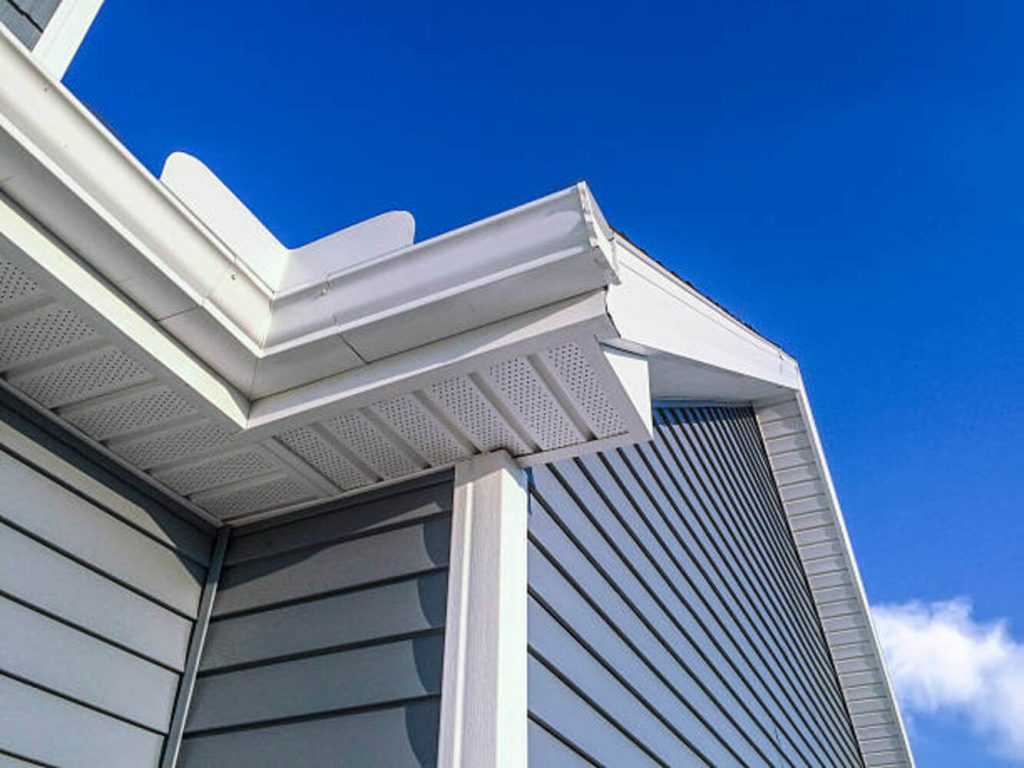
Wood Siding
Wood siding is a classic exterior option that never gets old. However, it is known to be expensive to maintain.
- Pros: Wood siding certainly improves aesthetics and curb appeal with its delicate texture and organic appearance. As a result, your house’s resale value will increase. To add, this material is versatile enough to match most architectural designs, be it modern or traditional. Different types of wood offer varying levels of durability and longevity in addition to being environmentally friendly.
- Cons: Unfortunately, wood’s naturalness is also its own weakness. It can rock when infested by termites and other wood-boring insects. On top of being expensive, this material can also cost a considerable amount of money and effort to maintain. However, there are plenty of treatment options nowadays to reduce the adverse effects of this element on wood.
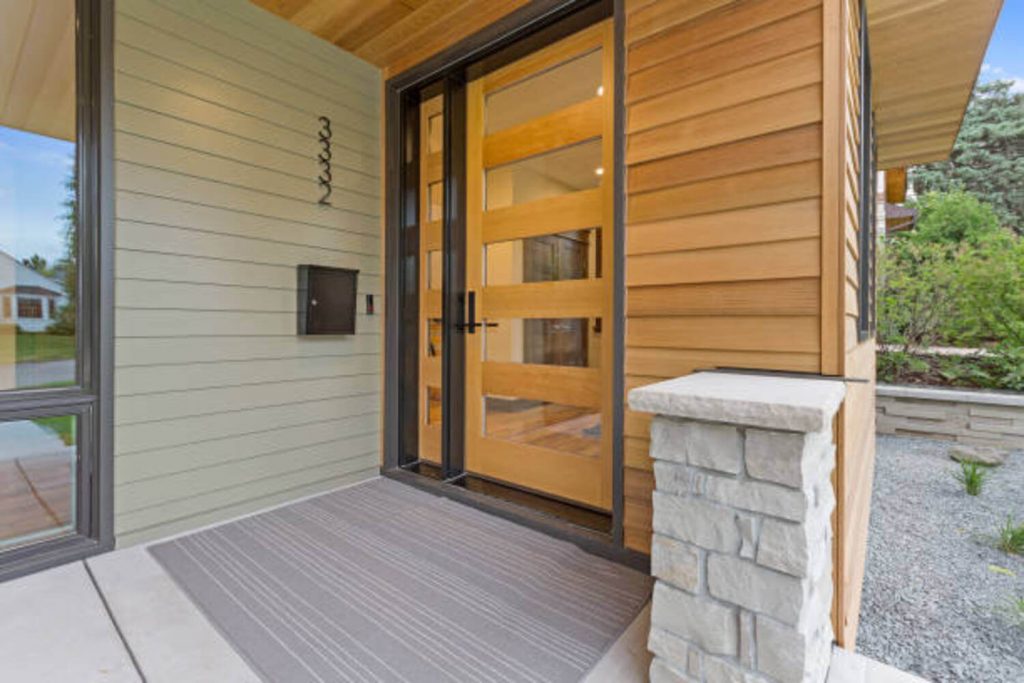
Stone Veneer
Since the early days of human civilization, stone is a proven material that can be acquired naturally or manufactured synthetically.
- Pros: Stone veneer is exceptionally durable. Unlike wood that can split or rot over time, stone barely cracks unless there’s an earthquake. More so, it will protect your home’s interior from damaging elements like rain, snow, fire, wind, and hail. Stone’s bold aesthetics also play a huge role in its popularity. Its rough texture strikes a good contrast to neutral-colored walls of modern homes, while its rustic appearance complements that of classic designs. This, in turn, raises curb appeal and adds value to your home.
- Cons: If you choose natural stone, you’ll have to prepare your bank account as it is the most expensive siding type out there. Meanwhile, earthquakes and minor tremors can cause mortar to crack. And if the entire cladding isn’t installed properly, water will seep in and build up, eventually eroding the siding from the inside.
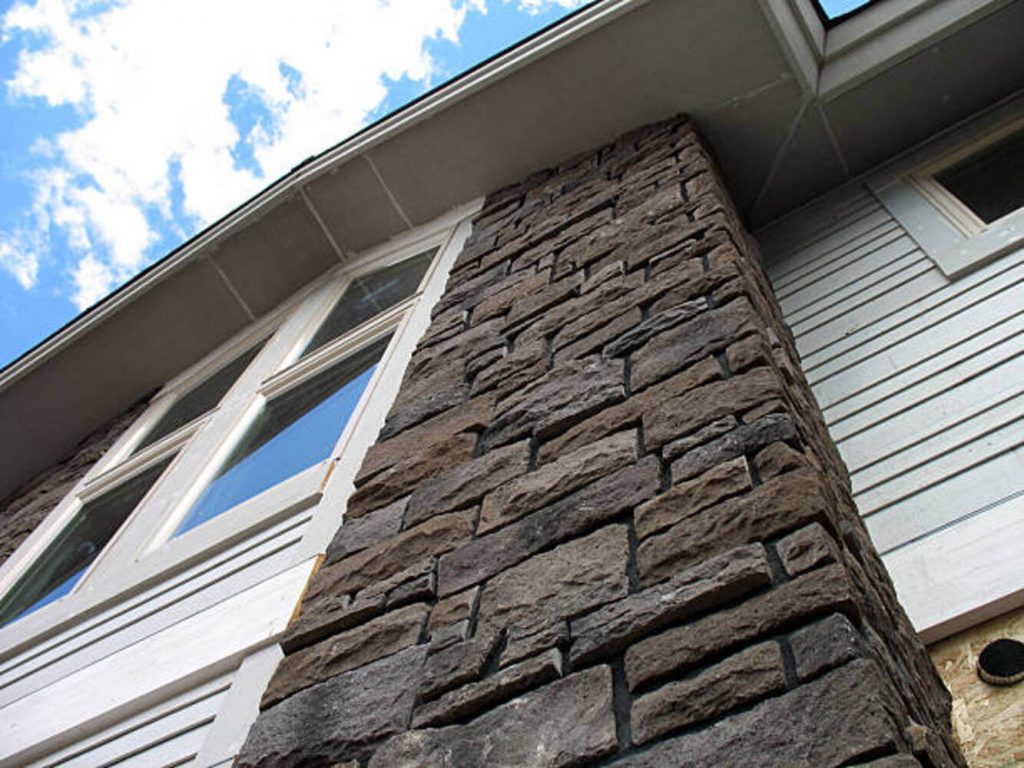
Conclusion
Every siding is imperfect in some way or another. It all comes down to your desired design, how much you’re willing to compromise in terms of cons, and how much your budget is. But whatever siding you choose, never forget that installation plays a significant factor in its longevity. If you’re going to DIY, make sure to do lots of research beforehand. But unless you have experience in the field, it’s always better to leave the job to the professionals.

